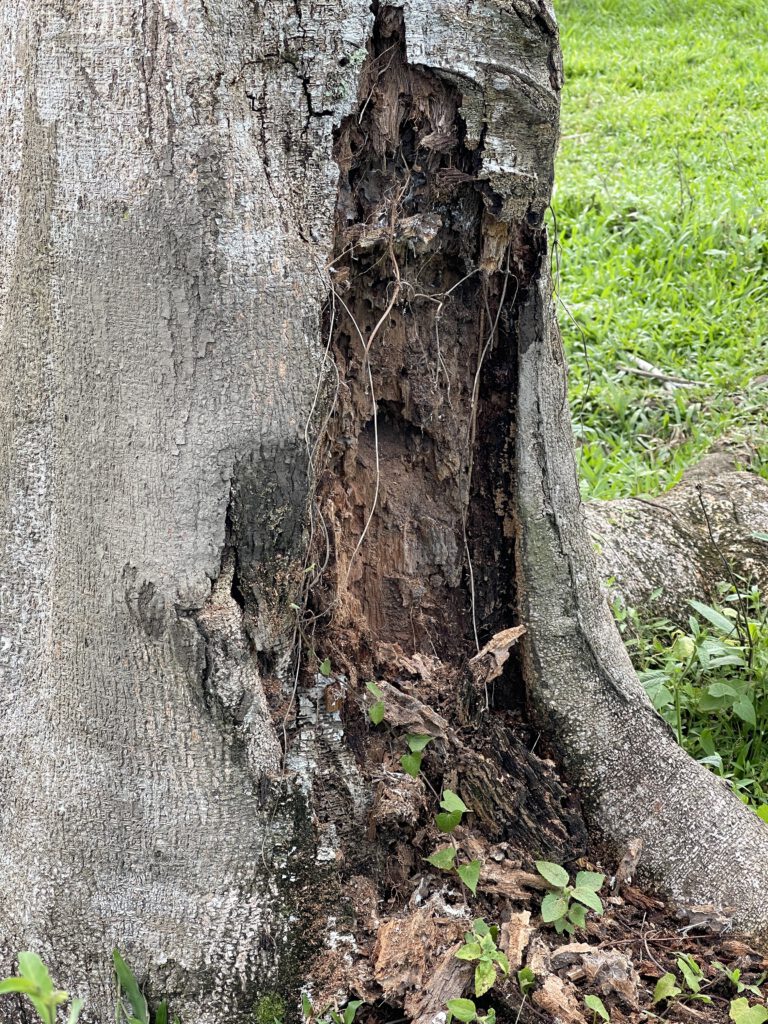Overall, trees face a range of risks that can impact their health and survival. It is important to manage forests and urban trees in a way that minimizes these risks and promotes their long-term health and vitality.
There are several risks that trees face, including:
- Climate change: Climate change can lead to droughts, heatwaves, and other extreme weather events that can stress and damage trees. It can also increase the risk of wildfires, which can be devastating for forests.
- Deforestation: Deforestation is a major threat to trees, particularly in tropical rainforests where large areas of forest are cleared for agriculture, mining, and other activities.
- Pests and diseases: Trees can be vulnerable to pests and diseases that can damage or kill them. Examples include the emerald ash borer, which is killing ash trees in North America, and the oak processionary moth, which is damaging oak trees in Europe.
- Air pollution: Air pollution can damage trees by blocking their stomata (pores) and reducing their ability to absorb nutrients and water.
- Soil erosion: Soil erosion can be a problem in areas where trees have been removed, as it can lead to loss of topsoil and reduced fertility, which can make it difficult for new trees to grow.
- Human activities: Human activities such as construction, road building, and recreation can damage trees, particularly when heavy equipment is involved.
